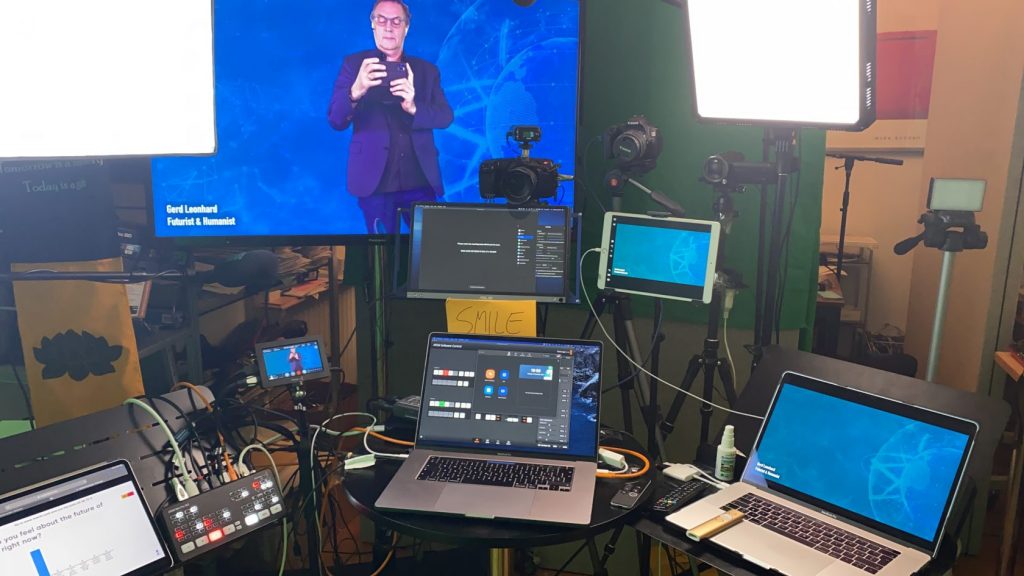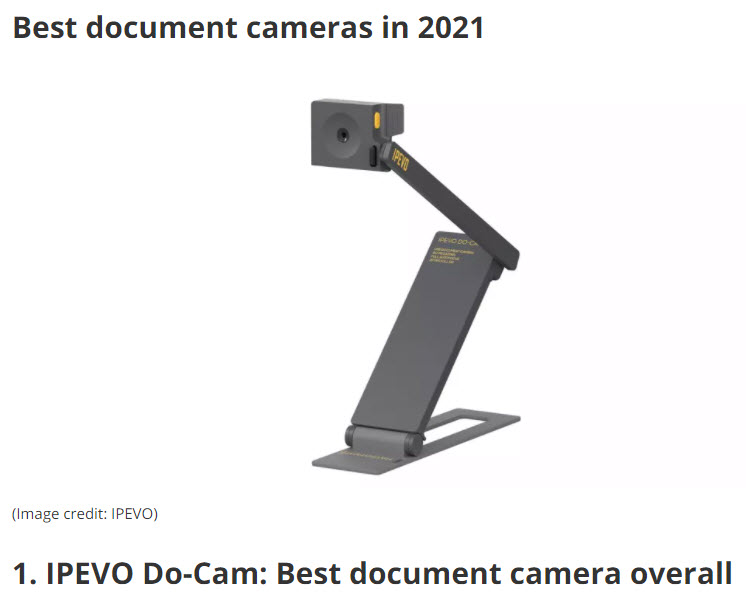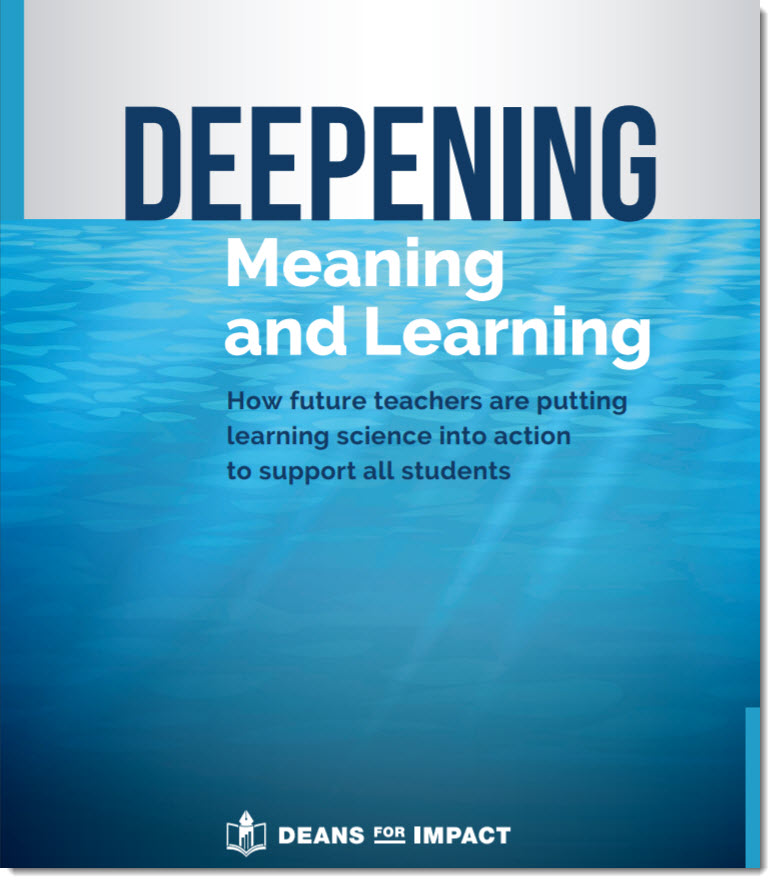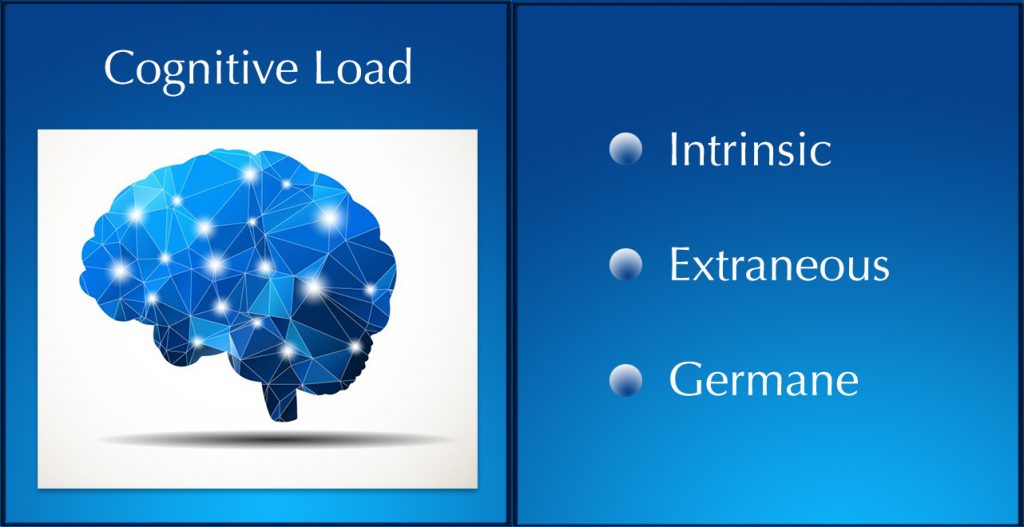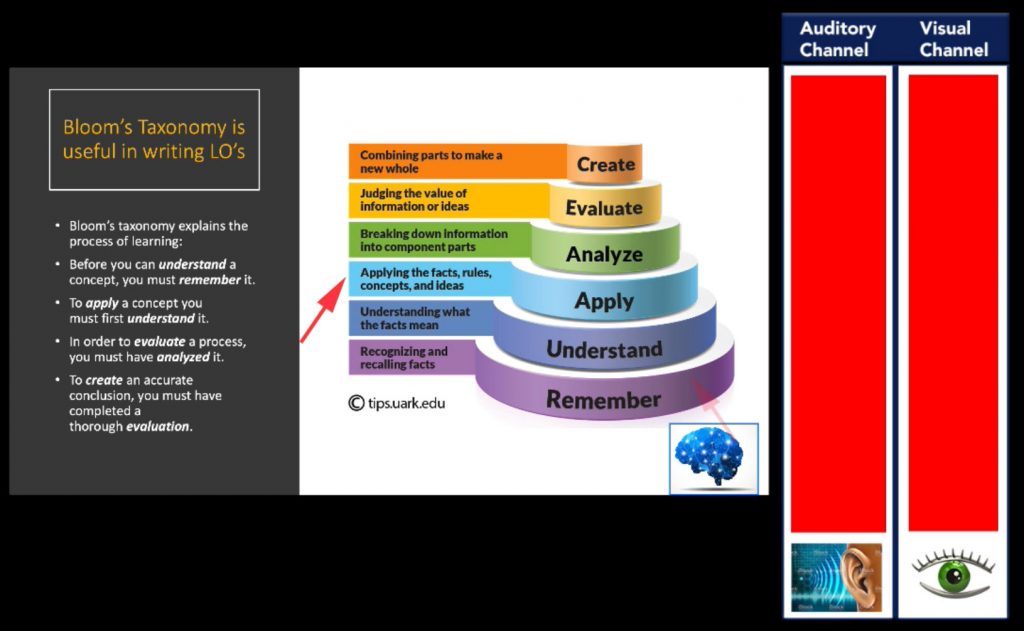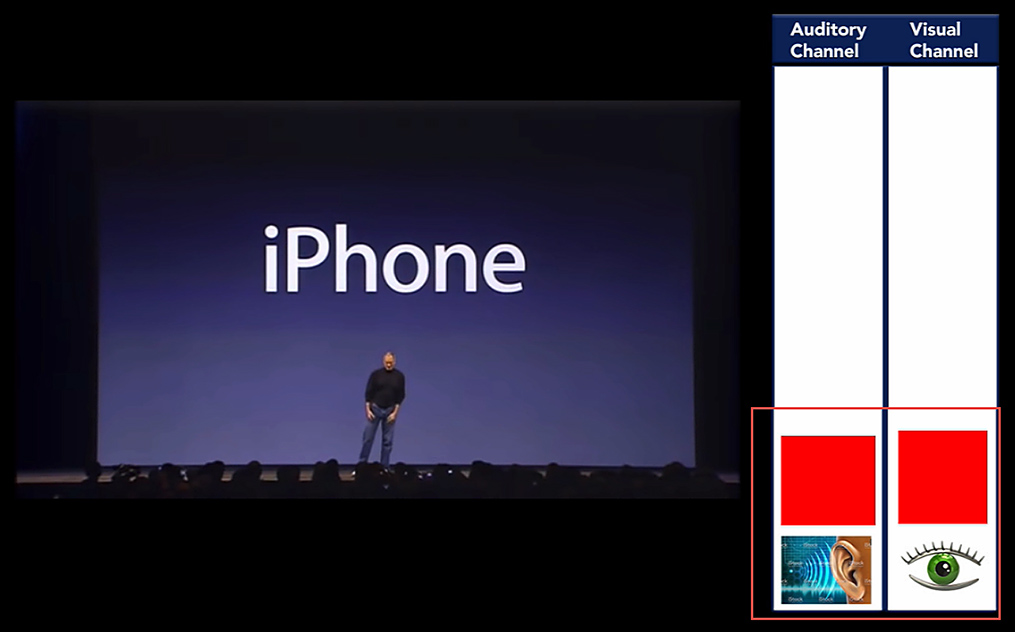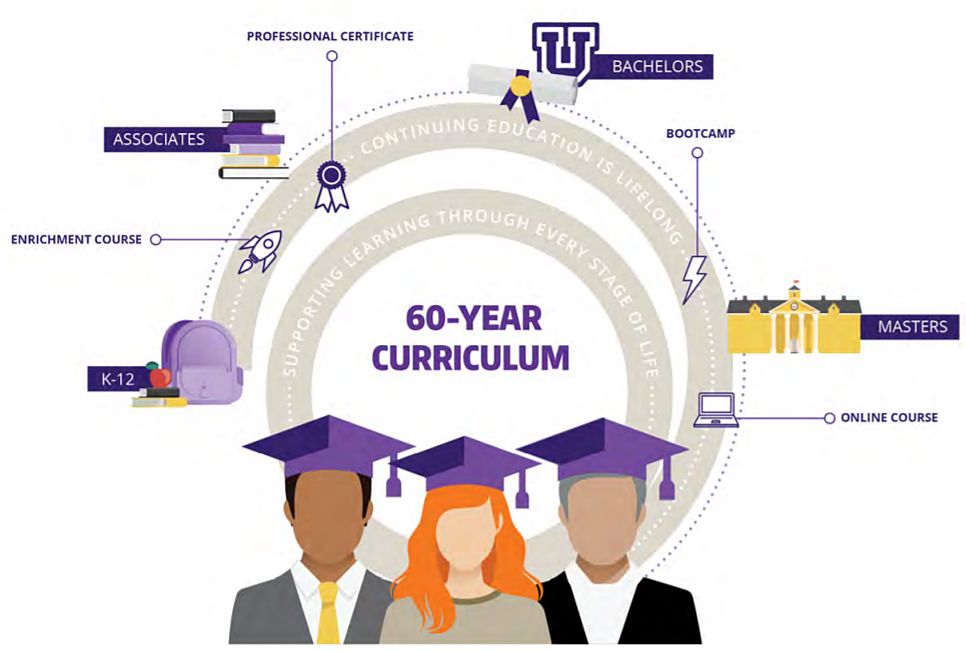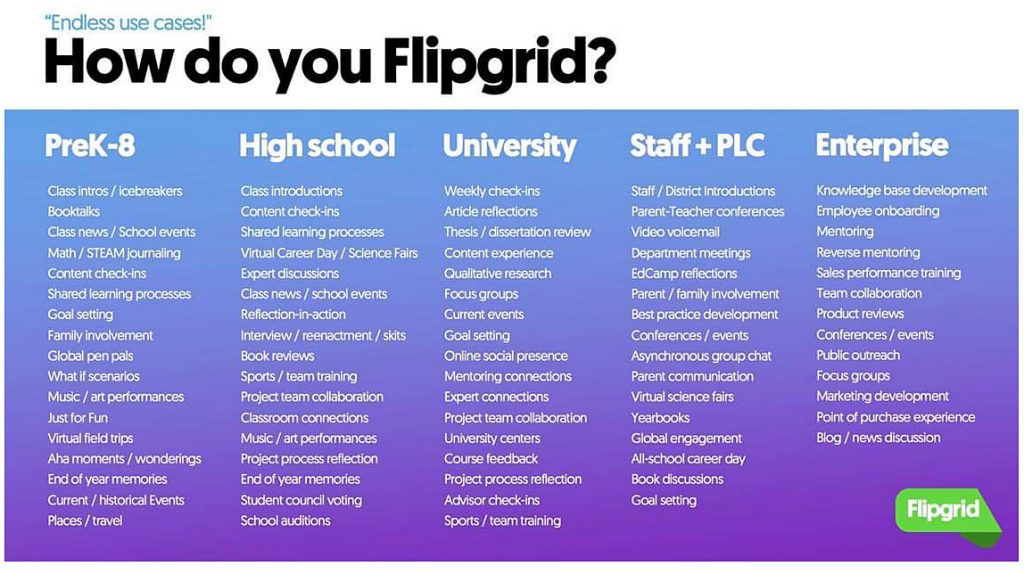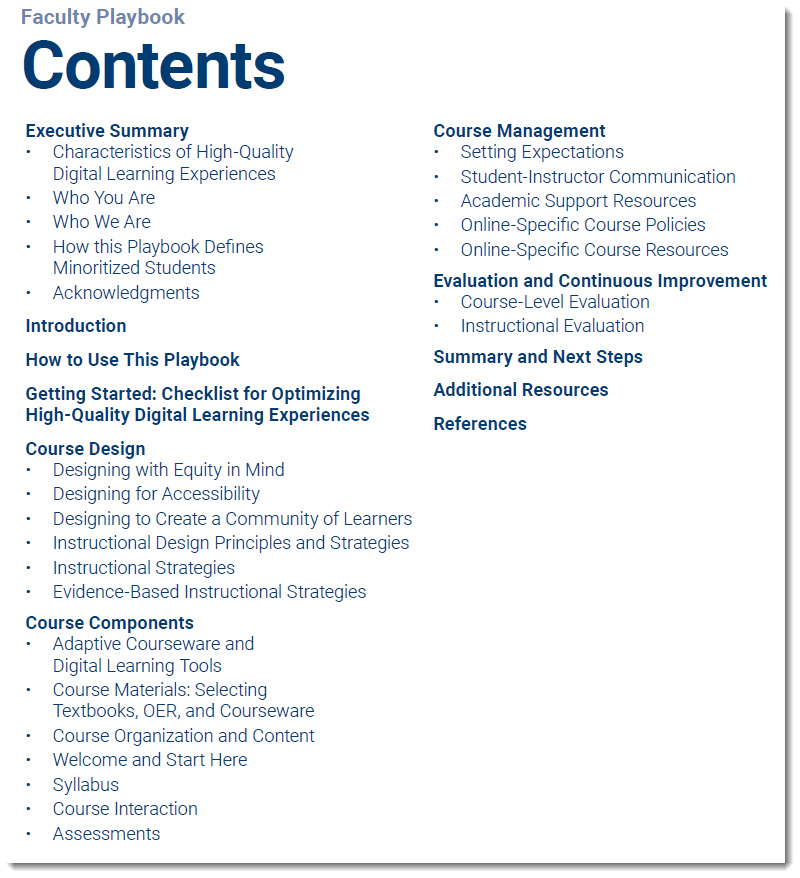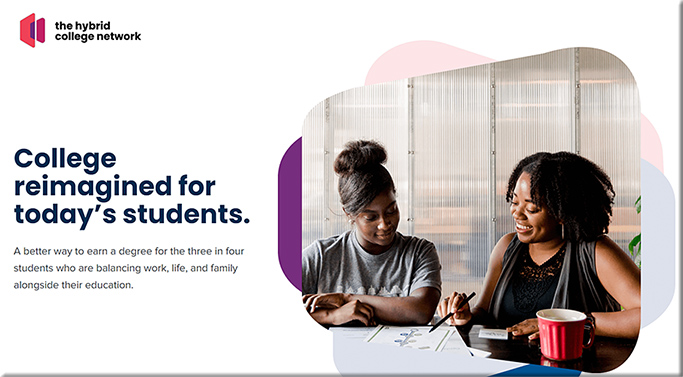So this is what my new Streaming TV studio looks like – I call it ‘Keynote Television’ — from futuristgerd.com by Gerd Leonhard
Excerpt:
Many of you have asked me how I do my online keynotes, specifically my green screens, lights, virtual backgrounds etc. So here are some pictures and below is a short video from Twitter but the bottom line is… it’s complicated and took me some 6 months to learn it all:)). But well worth it: Keynote Television rocks!
From DSC:
I was one of those people who asked Gerd if he would tell teachers, professors, trainers, IDs, and others how he does what he does. Thanks Gerd for sharing this information! May it be a blessing to many!









